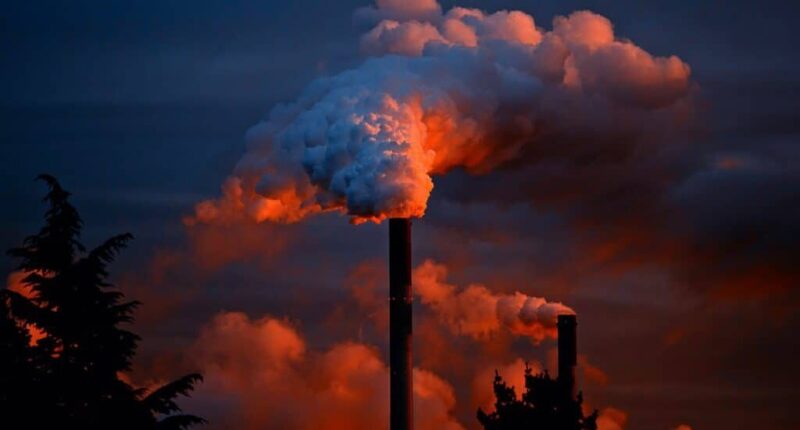The Center for Investigative Reporting (CIR) in Sri Lanka, an Earth Journalism Network media grantee under our Asia-Pacific project, recently launched The Buffer Zone: A website featuring Sinhala and Tamil language environmental journalism content, the first such bilingual platform in the country.
The project aims to bring global and regional stories to local audiences, both by producing original content and by translating global stories into Sinhala and Tamil. Right now, CIR has permission to translate and republish content from The Third Pole, Down to Earth and Mongabay, but hopes to build their list of partners.
The Buffer Zone will feature news, features, opinion pieces, visual stories, environmental fiction and investigative pieces. Themes will include marine pollution, the impacts of urban development, climate change, biodiversity, technology and innovation and increasing human-wildlife conflict. In the last month, since its launch, they’ve published stories on China’s carbon neutrality promises, the effects of increased hurricanes and how reforestation could help prevent zoonotic diseases.
The platform officially launched on April 22 with a live Zoom panel, hosted by CIR Executive Director Dilrukshi Handunnetti. EJN’s Executive Director James Fahn gave the introductory keynote and was later joined on the panel by several other EJN staff, including Environment and Health Project Officer Stella Paul and India Manager and Third Pole Editor Joydeep Gupta. Other panelists included Dr. Sevvandi Jayakody, a wildlife scientist and conservationist at Sri Lanka’s Environmental Foundation, and Malaka Rodrigo, a Sri Lankan naturalist and environmental journalist.
Along with launching the platform, the panel served as an opportunity for Sri Lankan and South Asian environmental journalists to come together to discuss the state of environmental journalism in the region and explore ways to collaborate.
Panelists discussed a wide variety of topics, including the importance of covering the environment alongside its intersections like health and gender, and about how journalists can better work with scientists to produce effective journalism. “We need to look at the policy, investments, the flow of the money, but we also need to look at how it’s actually affecting the community,” Paul said during the panel, explaining how journalism often misses the community aspect. “This is where the Buffer Zone can step in – by building bridges.”
